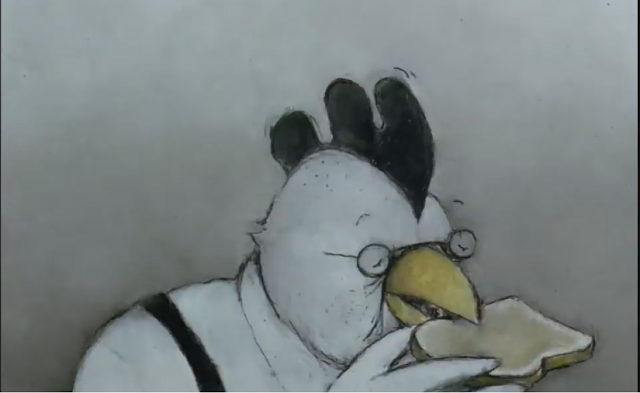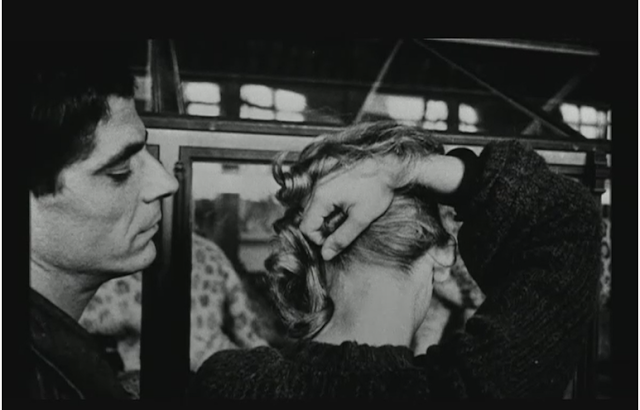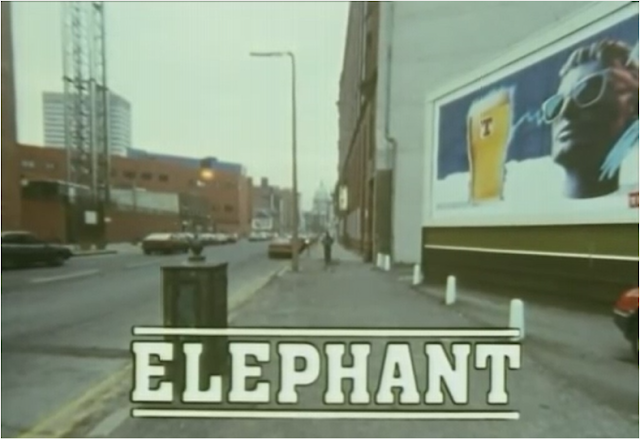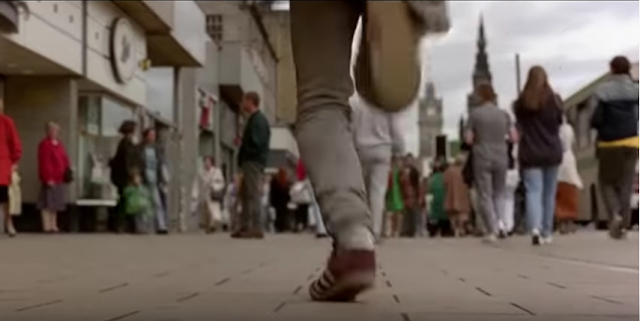High Maintenance (2006)
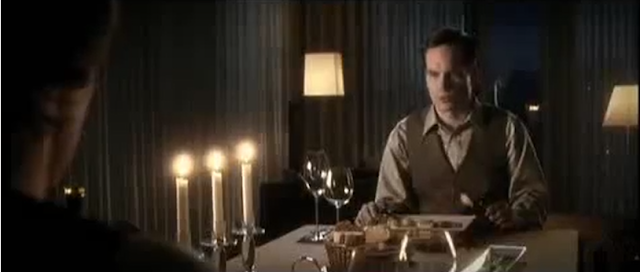
Phillip Van's science fiction short film, taking place in what seems to be matriarchy, explores the idea of robotic partners. The opening sequence shows a couple having a romantic candlelit dinner. From an over the shoulder shot we see the husband in his work clothes, they suggest that he is quite uptight and not very relaxed because of their formal nature. As the scene progresses, the wife gets annoyed with the lack of romance coming from his end, gets up and turns him off, revealing the fact that he in fact a robot. After ordering an upgraded model with customised features the earlier scene begins again, this time with her ideal man. As the film is a science fiction short, the audience is expecting a twist and we see a repetition of an earlier shot, showing the new husband as almost entirely identical. suggesting that the situation will play out in the same way, leading to the wife's continued frustration. This theory seems to come true as he refuses a drink for the second...
